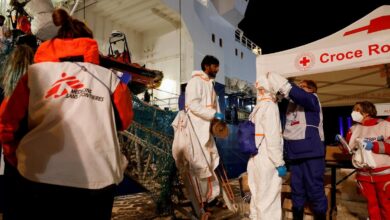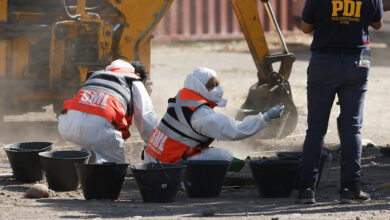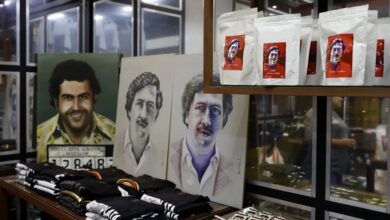Panama’s Jungle Hospital Heals Victims of Wildlife Trafficking—Then Sets Them Free
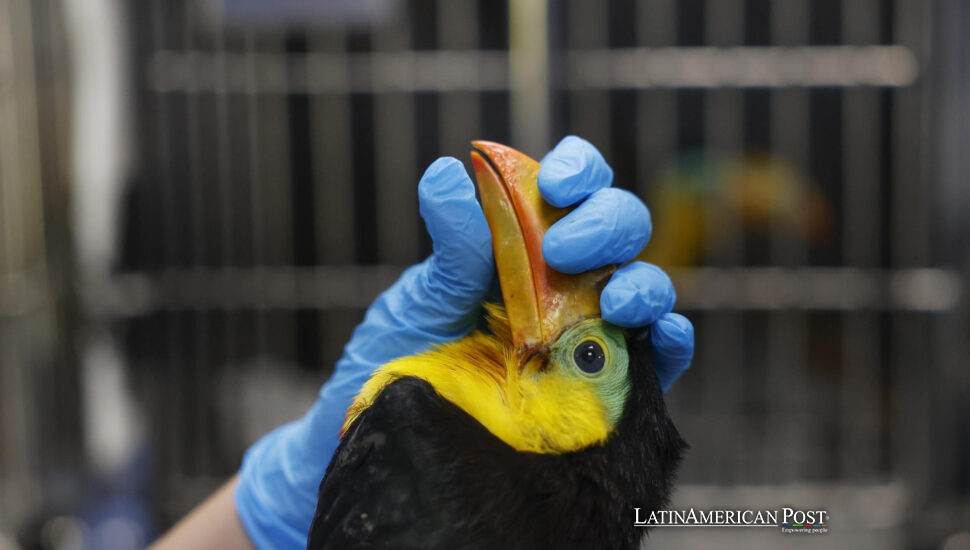
At dawn, an ocelot stalks a rubber chicken under a tree. Nearby, howler monkeys test their lungs. But this isn’t a zoo—it’s a trauma ward for trafficked wildlife, where every heartbeat signals a second chance—and a fight to return home.
A Jungle ICU Behind Camouflage
Tucked beneath Panama’s towering cuipo trees, just outside the roar of traffic in Panama City, the country’s newest wildlife hospital hums with quiet urgency. The Wildlife Veterinary Clinic, opened this past February in Camino de Cruces National Park, is unlike anything else in Central America. There are no guided tours. No glass tanks. This is not an exhibition place—it’s a sanctuary for healing, rehabilitation, and, above all, release.
Over 750 animals have already passed through its doors—some pried from traffickers’ trucks, others pulled from roadside ditches, or surrendered by well-meaning but misguided pet owners. Inside, beneath stainless steel lights, a kinkajou with fractured ribs clings to life. Nearby, in shaded wire enclosures, convalescing macaws, jaribú storks, and a jaguarundi hiss at passing staff. The background music is feral—squawks, growls, claws tapping tile. It’s what the staff calls “the sound of second chances.”
“This is a clinic for Panama’s native wildlife, not pets,” said Dr. Lissette Trejos, the center’s director, in an interview with EFE. “Our job is to get them strong enough to survive without us.”
A Black Market for Wings and Whiskers
Panama’s wild beauty—its sloths, parrots, monkeys, and big cats—has made it a magnet for traffickers. The country sits on a central smuggling corridor, and wildlife, live and dead, has become high-value cargo. In 2024 alone, Panama opened 55 criminal investigations tied to wildlife trafficking. Birds top the charts. But sloths, boas, and even ocelots—sold as “exotic pets” to the rich—frequently show up, damaged and disoriented.
One ocelot recently arrived at the clinic wearing a tiny knitted vest, having been abandoned by an owner who treated it like a housecat. But while it purred and batted at fingers, biologist Jhomar Návalo saw what others missed. “The biggest injury is behavioral,” he said. “This cat thinks people are companions, not threats. That’s fatal in the wild.”
Sometimes, animals aren’t confiscated until years after their capture. Legal limbo follows. Courts must decide if a scarlet macaw with clipped wings can be released or if it’s been too tamed to survive. All the while, the clinic must care for the animal—without allowing it to become attached.
“The cages fill faster than the court paperwork moves,” said Trejos. “But the forest can’t wait.”
Teaching Survival One Claw at a Time
Rewilding begins at intake. A tag. A medical exam. A plan.
But it’s what happens next that sets this clinic apart. Animals here don’t learn tricks—they relearn instinct. For predators like the ocelot, that means regaining the hunt. Keepers hide food in high branches or under piles of leaves. As the cat recovers, the clues grow fewer. Staff wear scent blockers. No petting. No talking. “The goal is to become invisible,” said veterinarian Maricarmen Franco. “Or at least, boring.”
Parrots are trained in a “sky room,” a netted chamber that simulates the air currents of a jungle. They learn to fly long distances and mimic danger calls from projected raptor silhouettes. Baby monkeys, meanwhile, are matched by genetic origin to future troops—the clinic avoids releasing a capuchin from Darién into Bocas del Toro, where dialects and social structures clash.
“If a troop doesn’t recognize you,” Návalo explained, “they exile you—or kill you.”
Every detail, from the angle of a perch to the scent on a handler’s boot, matters. “This is instinct therapy,” said Franco. “You don’t teach a wild animal how to be wild. You help it remember.”
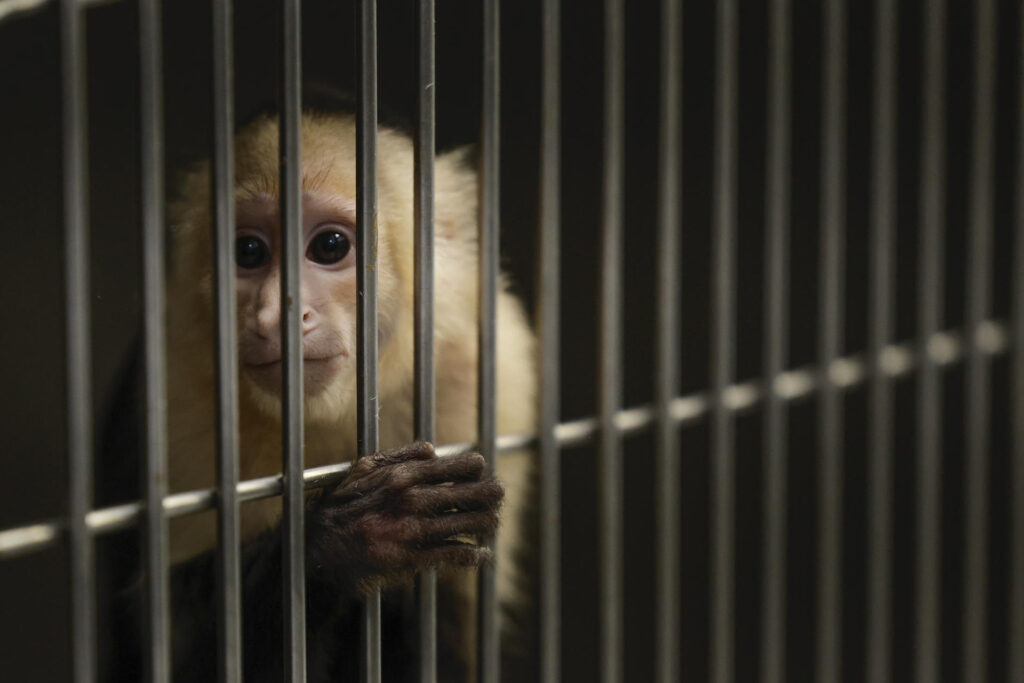
The Long Road Back to Green
Release day is equal parts science and heartbreak.
At sunrise, trucks haul crates camouflaged with palm leaves to remote drop points. Soberanía for the deer. A riverside troop for the tamarins. A distant patch of jungle for the ocelot, monitored by a camera trap. Sometimes, the animals bolt. Other times, they freeze—overwhelmed by wind, by silence, by freedom.
“You want to help,” Franco admitted, “but if you do, you break the spell. And they’ll never be wild again.”
There are triumphs. A harpy eagle once shot in the wing now soars over the Chagres. A three-legged anteater, re-released last summer, was spotted carrying a pup. But not all stories end that way. Some birds come back nightly, perching on the clinic’s roof. Others vanish into the bush—only for news to arrive weeks later that they were killed in a territorial fight.
“We gamble every time,” Trejos said. “But captivity guarantees failure.”
Still, change is growing alongside the vines. Schoolchildren tour the facility and leave vowing never to buy a parrot. Rangers now spot reintroduced macaws building nests in reforested plots. And with every animal released, the clinic reknits a strand of an ecosystem frayed by greed.
Also Read: How Latin Americans Are Rewriting the Spanish Soundscape, One Podcast at a Time
“People think we’re healing animals,” Trejos told EFE, “but we’re healing Panama—one claw, one feather, one roar at a time.”

